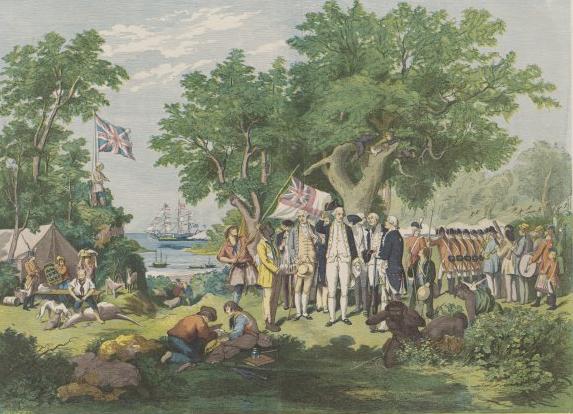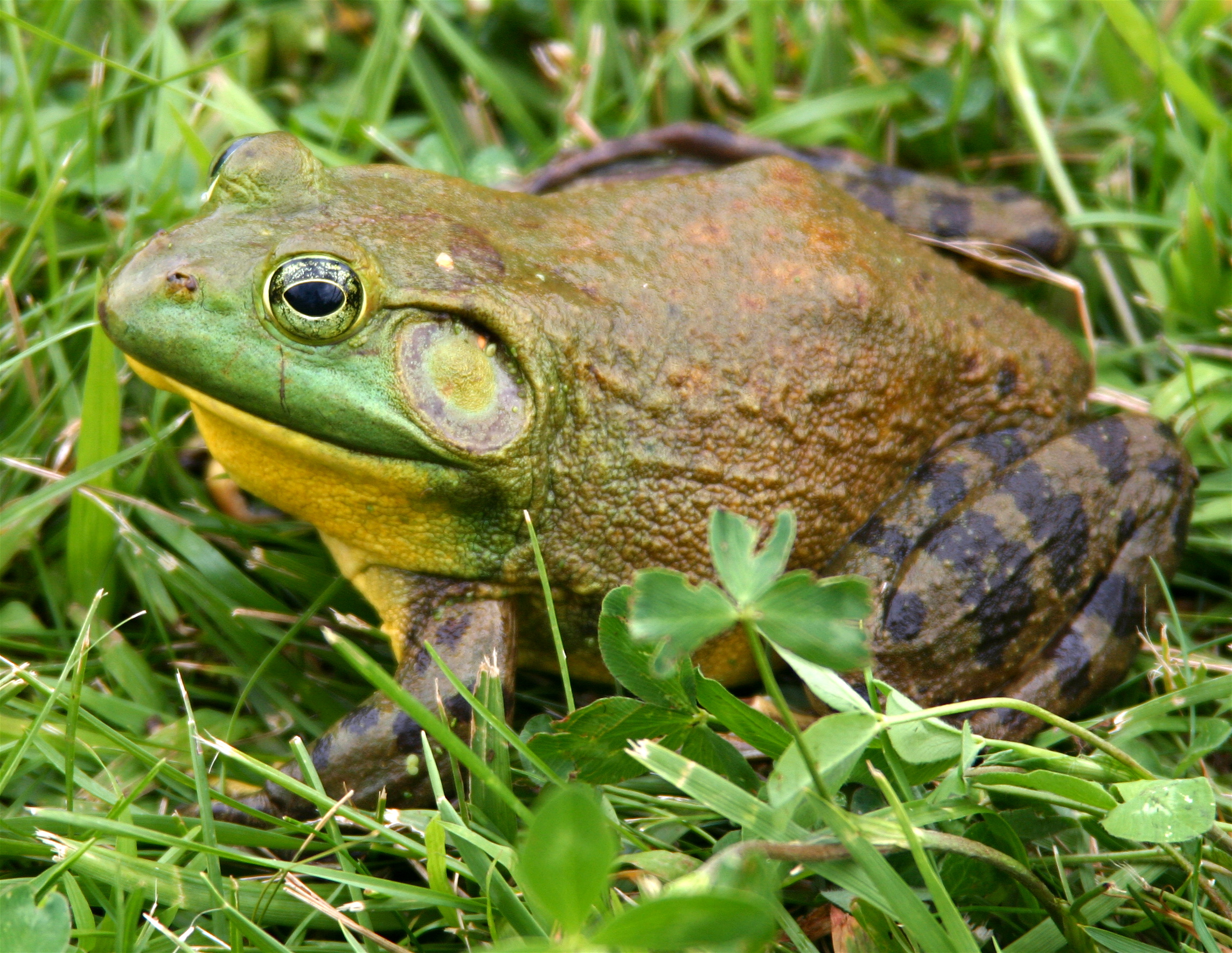|
Carphodactylus
''Carphodactylus'' is a monotypic genus of geckos in the family Carphodactylidae. The genus consists of the sole species ''Carphodactylus laevis'', commonly known as the chameleon gecko. The species is endemic to the rainforests of northeastern Australia. It is rated as Least Concern, as it is common (albeit secretive) within its range and occurs within protected areas. It currently experiences no major threats, though long-term climate change may alter or reduce its geographic distribution under some scenarios. Description C. laevis has an average snout-to-vent length (SVL) of . The head has large labial (lip) scales, relatively small postmental scales (behind the chin), and rounded rostral and mental shields (at the tip of the snout). The body and tail are slender and mediolaterally compressed (flattened from the side), with a thin vertebral ridge extending from the nape to the tapered tail. The limbs are long and thin, and the five-toed feet have thin and narrow digits ... [...More Info...] [...Related Items...] OR: [Wikipedia] [Google] [Baidu] |
Carphodactylus Laevis 1897
''Carphodactylus'' is a monotypic genus of geckos in the family Carphodactylidae. The genus consists of the sole species ''Carphodactylus laevis'', commonly known as the chameleon gecko. The species is endemic to the rainforests of northeastern Australia. It is rated as Least Concern, as it is common (albeit secretive) within its range and occurs within protected areas. It currently experiences no major threats, though long-term climate change may alter or reduce its geographic distribution under some scenarios. Description C. laevis has an average snout-to-vent length (SVL) of . The head has large labial (lip) scales, relatively small postmental scales (behind the chin), and rounded rostral and mental shields (at the tip of the snout). The body and tail are slender and mediolaterally compressed (flattened from the side), with a thin vertebral ridge extending from the nape to the tapered tail. The limbs are long and thin, and the five-toed feet have thin and narrow digits w ... [...More Info...] [...Related Items...] OR: [Wikipedia] [Google] [Baidu] |
Carphodactylidae
The Carphodactylidae, informally known as the southern padless geckos, are a family of geckos, lizards in the infraorder Gekkota. The family consists of 32 described species in 7 genera, all of which are endemic to Australia. They belong to the superfamily Pygopodoidea (or Diplodactyloidea), an ancient group of east Gondwanan geckos now only found in Australasia. Despite their well-developed limbs, molecular phylogenies have demonstrated that Carphodactylidae is the sister group to Pygopodidae, a highly specialized family of legless lizards. Carphodactylids, despite being the most species-poor family of geckos, are still diverse in habits. Many have unusual, specialized tails with reduced rates of autotomy. They lack adhesive toepads and instead cling to bark or substrate with sharply curved claws and a limited array of lamellae. Carphodactylids are relatively large by gecko standards; most are nocturnal and all are oviparous, with a typical clutch size of two eggs. Unlike most ... [...More Info...] [...Related Items...] OR: [Wikipedia] [Google] [Baidu] |
Oviparity
Oviparous animals are animals that lay their eggs, with little or no other embryonic development within the mother. This is the reproductive method of most fish, amphibians, most reptiles, and all pterosaurs, dinosaurs (including birds), and monotremes. In traditional usage, most insects (one being '' Culex pipiens'', or the common house mosquito), molluscs, and arachnids are also described as oviparous. Modes of reproduction The traditional modes of reproduction include oviparity, taken to be the ancestral condition, traditionally where either unfertilised oocytes or fertilised eggs are spawned, and viviparity traditionally including any mechanism where young are born live, or where the development of the young is supported by either parent in or on any part of their body. However, the biologist Thierry Lodé recently divided the traditional category of oviparous reproduction into two modes that he named ovuliparity and (true) oviparity respectively. He distinguished ... [...More Info...] [...Related Items...] OR: [Wikipedia] [Google] [Baidu] |
Nocturnality
Nocturnality is an animal behavior characterized by being active during the night and sleeping during the day. The common adjective is "nocturnal", versus diurnal meaning the opposite. Nocturnal creatures generally have highly developed senses of hearing, smell, and specially adapted eyesight. Some animals, such as cats and ferrets, have eyes that can adapt to both low-level and bright day levels of illumination (see metaturnal). Others, such as bushbabies and (some) bats, can function only at night. Many nocturnal creatures including tarsiers and some owls have large eyes in comparison with their body size to compensate for the lower light levels at night. More specifically, they have been found to have a larger cornea relative to their eye size than diurnal creatures to increase their : in the low-light conditions. Nocturnality helps wasps, such as ''Apoica flavissima'', avoid hunting in intense sunlight. Diurnal animals, including squirrels and songbirds, are act ... [...More Info...] [...Related Items...] OR: [Wikipedia] [Google] [Baidu] |
Queensland
) , nickname = Sunshine State , image_map = Queensland in Australia.svg , map_caption = Location of Queensland in Australia , subdivision_type = Country , subdivision_name = Australia , established_title = Before federation , established_date = Colony of Queensland , established_title2 = Separation from New South Wales , established_date2 = 6 June 1859 , established_title3 = Federation of Australia, Federation , established_date3 = 1 January 1901 , named_for = Queen Victoria , demonym = , capital = Brisbane , largest_city = capital , coordinates = , admin_center_type = Administration , admin_center = Local government areas of Queensland, 77 local government areas , leader_title1 = Monarchy of Australia, Monarch , leader_name1 = Charles III , leader_title2 = Governor of Queensland, Governor , leader_name2 = Jeannette Young , leader_title3 = Premier of Queensland, Premier , leader_name3 = Annastacia Palaszczuk (Australian Labor Party (Queensland Branch), AL ... [...More Info...] [...Related Items...] OR: [Wikipedia] [Google] [Baidu] |
Rainforest
Rainforests are characterized by a closed and continuous tree canopy, moisture-dependent vegetation, the presence of epiphytes and lianas and the absence of wildfire. Rainforest can be classified as tropical rainforest or temperate rainforest, but other types have been described. Estimates vary from 40% to 75% of all biotic species being indigenous to the rainforests. There may be many millions of species of plants, insects and microorganisms still undiscovered in tropical rainforests. Tropical rainforests have been called the "jewels of the Earth" and the " world's largest pharmacy", because over one quarter of natural medicines have been discovered there. Rainforests as well as endemic rainforest species are rapidly disappearing due to deforestation, the resulting habitat loss and pollution of the atmosphere. Definition Rainforest are characterized by a closed and continuous tree canopy, high humidity, the presence of moisture-dependent vegetation, a moist layer of ... [...More Info...] [...Related Items...] OR: [Wikipedia] [Google] [Baidu] |
Harold Cogger
Harold George "Hal" Cogger (born 4 May 1935) is an Australian herpetologist. He was curator of reptiles and amphibians at the Australian Museum from 1960 to 1975, and Deputy Director of the museum from 1976 to 1995. He has written extensively on Australian herpetology, and was the first author to create a field guide for all Australian frogs and reptiles. Cogger was made an honorary Doctor of Science in 1997. At least eight reptile taxa have been named after Cogger, including one genus, six species, and one subspecies: '' Coggeria'', ''Ctenotus coggeri'', ''Emoia coggeri'', ''Geomyersia coggeri'', ''Hydrophis coggeri'', ''Lampropholis coggeri'', ''Oedura coggeri ''Oedura coggeri'', commonly known as the northern spotted velvet gecko, is a species of gecko, a lizard in the family Diplodactylidae. The species is endemic to Queensland, Australia. Etymology The specific name, ''coggeri'', is in honor of Au ...'', and '' Diporiphora nobbi coggeri''. Beolens, Bo; Watkins, M ... [...More Info...] [...Related Items...] OR: [Wikipedia] [Google] [Baidu] |
Dorsum (anatomy)
Standard anatomical terms of location are used to unambiguously describe the anatomy of animals, including humans. The terms, typically derived from Latin or Greek roots, describe something in its standard anatomical position. This position provides a definition of what is at the front ("anterior"), behind ("posterior") and so on. As part of defining and describing terms, the body is described through the use of anatomical planes and anatomical axes. The meaning of terms that are used can change depending on whether an organism is bipedal or quadrupedal. Additionally, for some animals such as invertebrates, some terms may not have any meaning at all; for example, an animal that is radially symmetrical will have no anterior surface, but can still have a description that a part is close to the middle ("proximal") or further from the middle ("distal"). International organisations have determined vocabularies that are often used as standard vocabularies for subdisciplines of ana ... [...More Info...] [...Related Items...] OR: [Wikipedia] [Google] [Baidu] |
Tympanum (anatomy)
The tympanum is an external hearing structure in animals such as mammals, birds, some reptiles, some amphibians and some insects. Using sound, vertebrates and many insects are capable of sensing their prey, identifying and locating their predators, warning other individuals, and locating potential mates and rivals by hearing the intentional or unintentional sounds they make. In general, any animal that reacts to sounds or communicates by means of sound, needs to have an auditory mechanism. This typically consists of a membrane capable of vibration known as the tympanum, an air-filled chamber and sensory organs to detect the auditory stimuli. Anurans In frogs and toads, the tympanum is a large external oval shape membrane made up of nonglandular skin. It is located just behind the eye. It does not process sound waves; it simply transmits them to the inner parts of the amphibian's ear, which is protected from the entry of water and other foreign objects. A frog's ear drum wo ... [...More Info...] [...Related Items...] OR: [Wikipedia] [Google] [Baidu] |
Lamella (surface Anatomy)
Lamellae on a gecko's foot. In surface anatomy, a lamella is a thin plate-like structure, often one amongst many lamellae very close to one another, with open space between. Aside from respiratory organs, they appear in other biological roles including filter feeding and the traction surfaces of geckos. In fish, gill lamellae are used to increase the surface area in contact with the environment to maximize gas exchange (both to attain oxygen and to expel carbon dioxide) between the water and the blood. In fish gills there are two types of lamellae, primary and secondary. The primary gill lamellae (also called gill filament) extends from the gill arch, and the secondary gill lamellae extends from the primary gill lamellae. Gas exchange primarily occurs at the secondary gill lamellae, where the tissue is notably only one cell layer thick. Furthermore, countercurrent gas exchange at the secondary gill lamellae further maximizes oxygen uptake and carbon dioxide release. See also ... [...More Info...] [...Related Items...] OR: [Wikipedia] [Google] [Baidu] |






